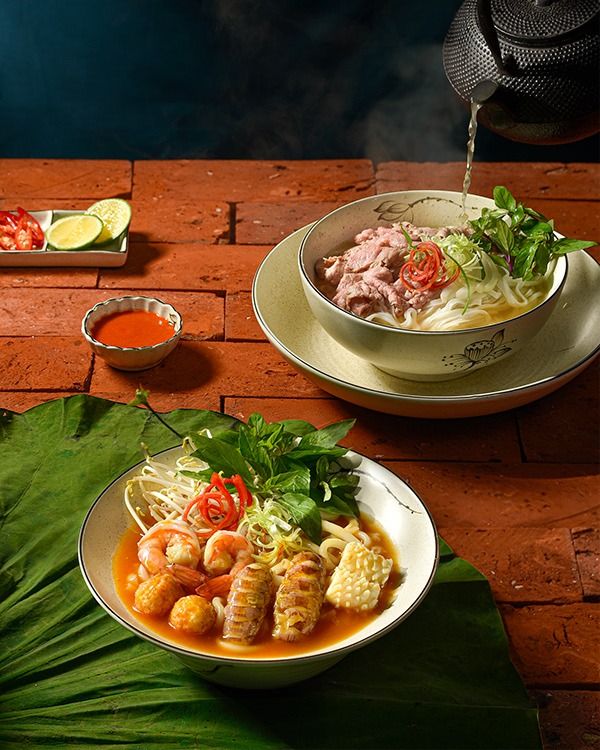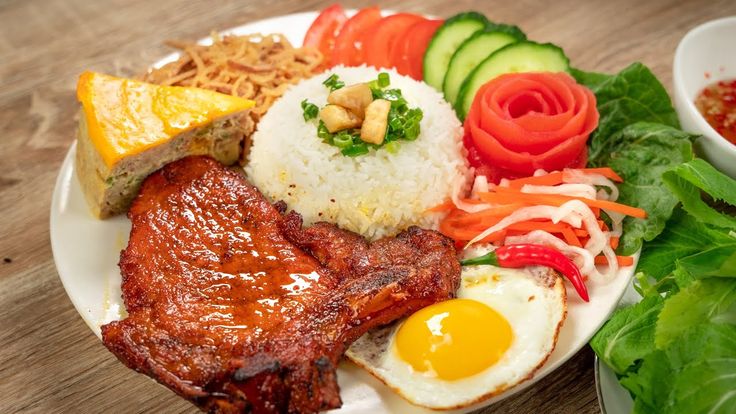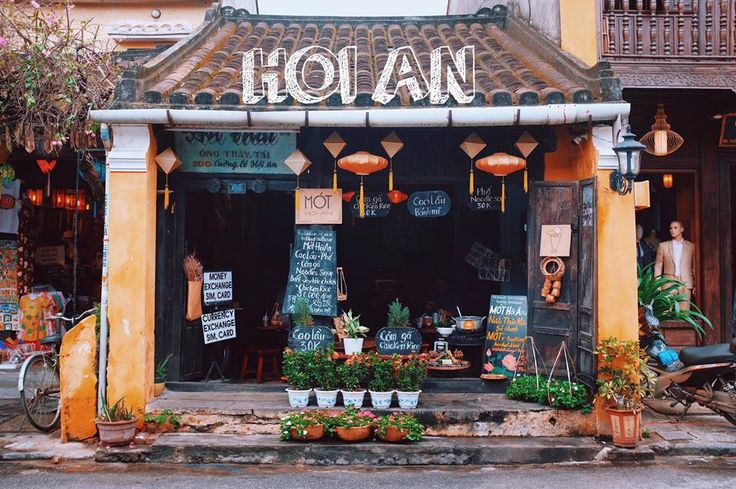Vietnam has long been renowned for its beautiful landscapes, friendly people, and unique cultural heritage. One of the main attractions drawing travelers to this country is its rich and diverse culinary scene, deeply rooted in the cultural identity of each region. Let’s embark on this fascinating journey with Connek Trip through the following article, where you’ll be guided through famous delicacies, unique culinary experiences, and tips for an immersive culinary tour of Vietnam.
>>> Read more:
1. Exploring Regional Culinary Identities:
Northern Region
Known for its subtle and sophisticated flavors, Northern Vietnamese cuisine bears the imprint of its rich history and culture. Hanoi’s iconic Pho, with its fragrant broth, tender noodles, thinly sliced beef or chicken, fresh herbs, and spices, has captured the hearts of diners worldwide. Bun Cha Hanoi impresses with its flavorful grilled meat served with vermicelli, fresh herbs, and sweet-sour dipping sauce. Cha Ca La Vong tantalizes visitors with golden pieces of grilled fish, served with vermicelli, fresh herbs, shrimp paste, and roasted peanuts. Thanh Tri Steamed Rice Rolls delight with their delicate rice paper, savory minced pork filling, and tangy dipping sauce.

Central Region
Central Vietnamese cuisine is a harmonious blend of rustic and refined flavors. Hue’s Bun Bo Hue, the culinary gem of the ancient capital, entices diners with its spicy and flavorful broth, served with beef, pork sausage, crab cake, fresh herbs, and spices. Quang Nam’s Mi Quang, a specialty of Quang Nam province, impresses with its chewy noodles, rich broth made from pork bones and shrimp, served with pork, chicken, quail eggs, fresh herbs, and rice crackers. Banh Xeo, a simple yet enticing dish, wins over diners with its crispy shell, generous shrimp and pork filling, served with fresh herbs and sweet-sour dipping sauce. Nem Lui, a specialty of Nha Trang, leaves a lasting impression with its finely ground pork, seasoned with spices and grilled over charcoal, served with rice paper, fresh herbs, and dipping sauce.

Southern Region
Southern Vietnamese cuisine is a symphony of flavors, deeply influenced by the region’s diverse cultural heritage. Saigon’s Com Tam, a popular breakfast dish, captivates diners with its fragrant grilled pork ribs, shredded pork skin, sunny-side-up eggs, pickled vegetables, tomatoes, and sweet-sour fish sauce. Saigon’s Banh Mi, a famous street food, wins over diners with its crunchy baguette, savory fillings of cold cuts, pate, pickles, fresh herbs, and mayonnaise. Mekong Delta’s Fish Sauce Hot Pot, a specialty of the southwestern region, leaves a lasting impression with its sweet-sour broth made from linh fish, served with a variety of seafood, meat, vegetables, and noodles. Ca Mau’s Banh Canh Ghẹ, a specialty of Ca Mau province, captivates diners with its chewy noodles, sweet broth made from Ghẹ fish, served with fish cakes, shrimp, squid, and fresh herbs.

2. Beyond Culinary Delights:
Vietnamese cuisine is not just about delicious food; it’s a reflection of culture, history, and the Vietnamese people. Each dish carries its own story, showcasing the creativity and sophistication of the Vietnamese. Enjoying Vietnamese cuisine is a way for travelers to immerse themselves in local culture, gaining a deeper understanding of life and people here.

>>> Explore more:
3. Tips for a Fulfilling Culinary Journey in Vietnam:
Plan meticulously: Identify the regions you want to visit, research famous local dishes, and find reputable dining establishments.
Eat seasonally: Each season in Vietnam offers unique fruits and vegetables, try seasonal dishes for the most authentic culinary experience.
Don’t be afraid to try new dishes: Be adventurous and sample new dishes; you may discover unique and delightful flavors.
Embark on a culinary journey through Vietnam and indulge in its diverse and flavorful cuisine.





